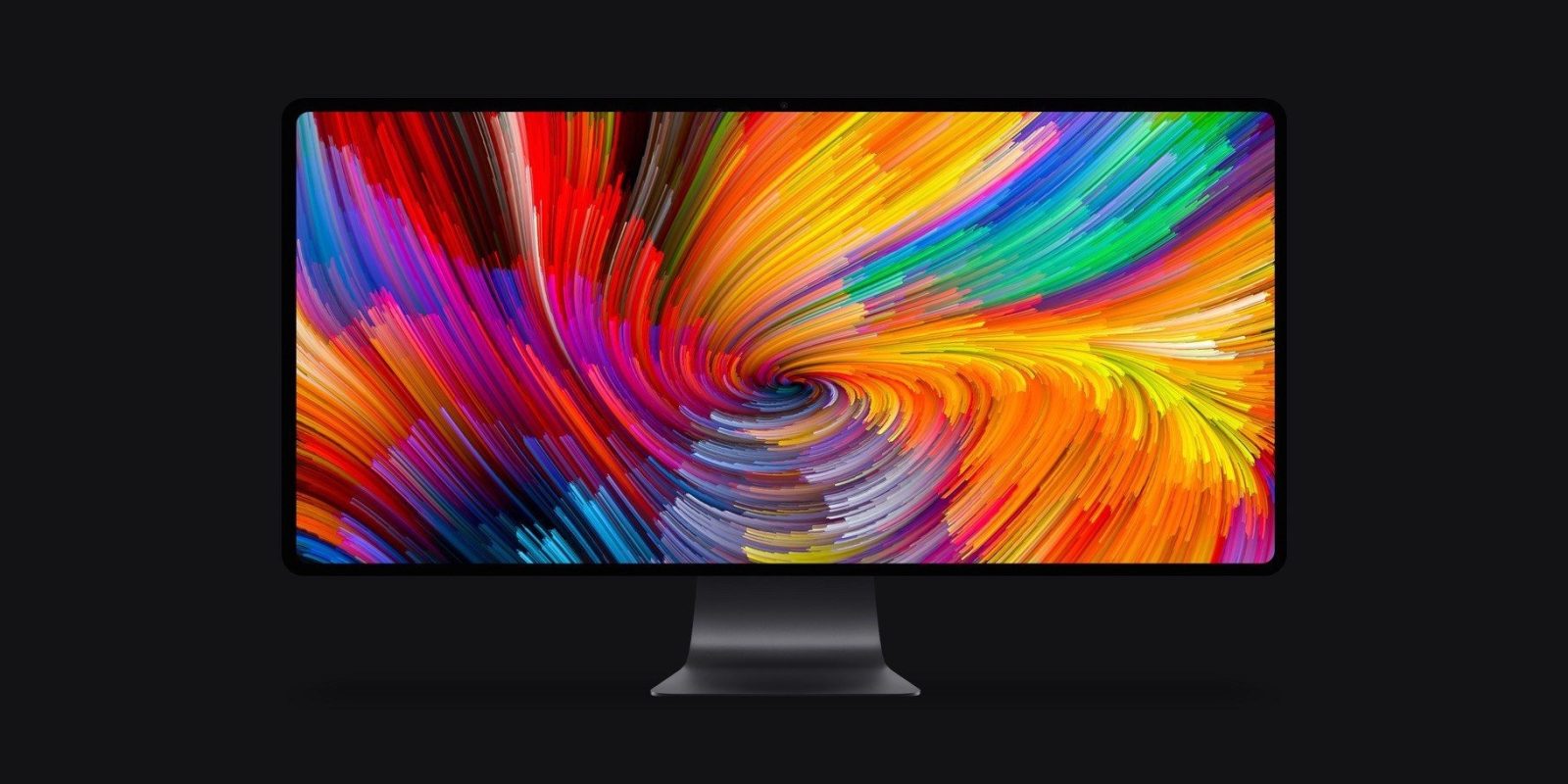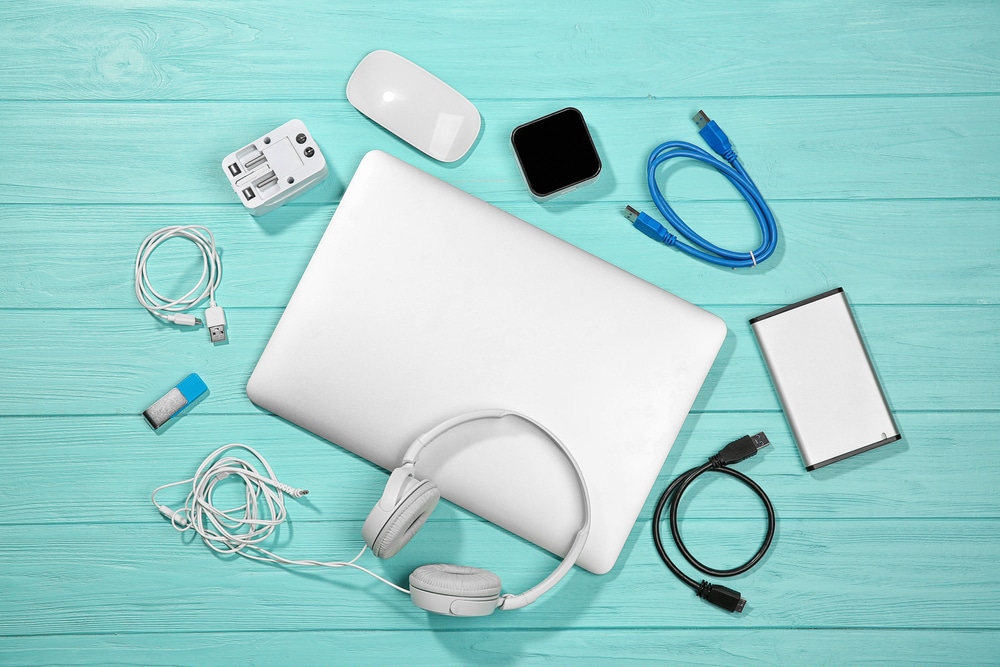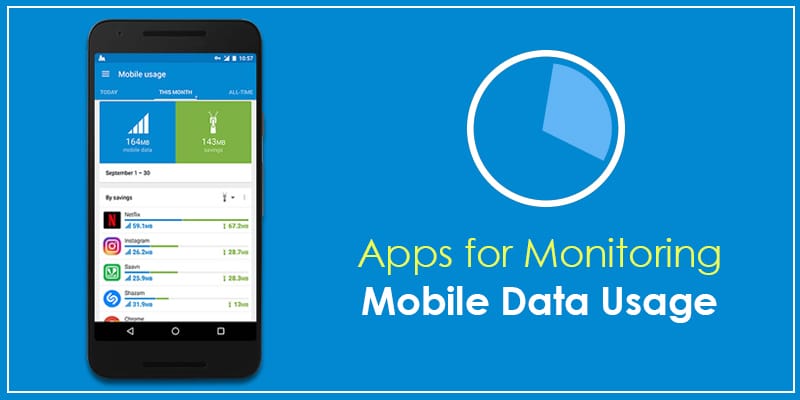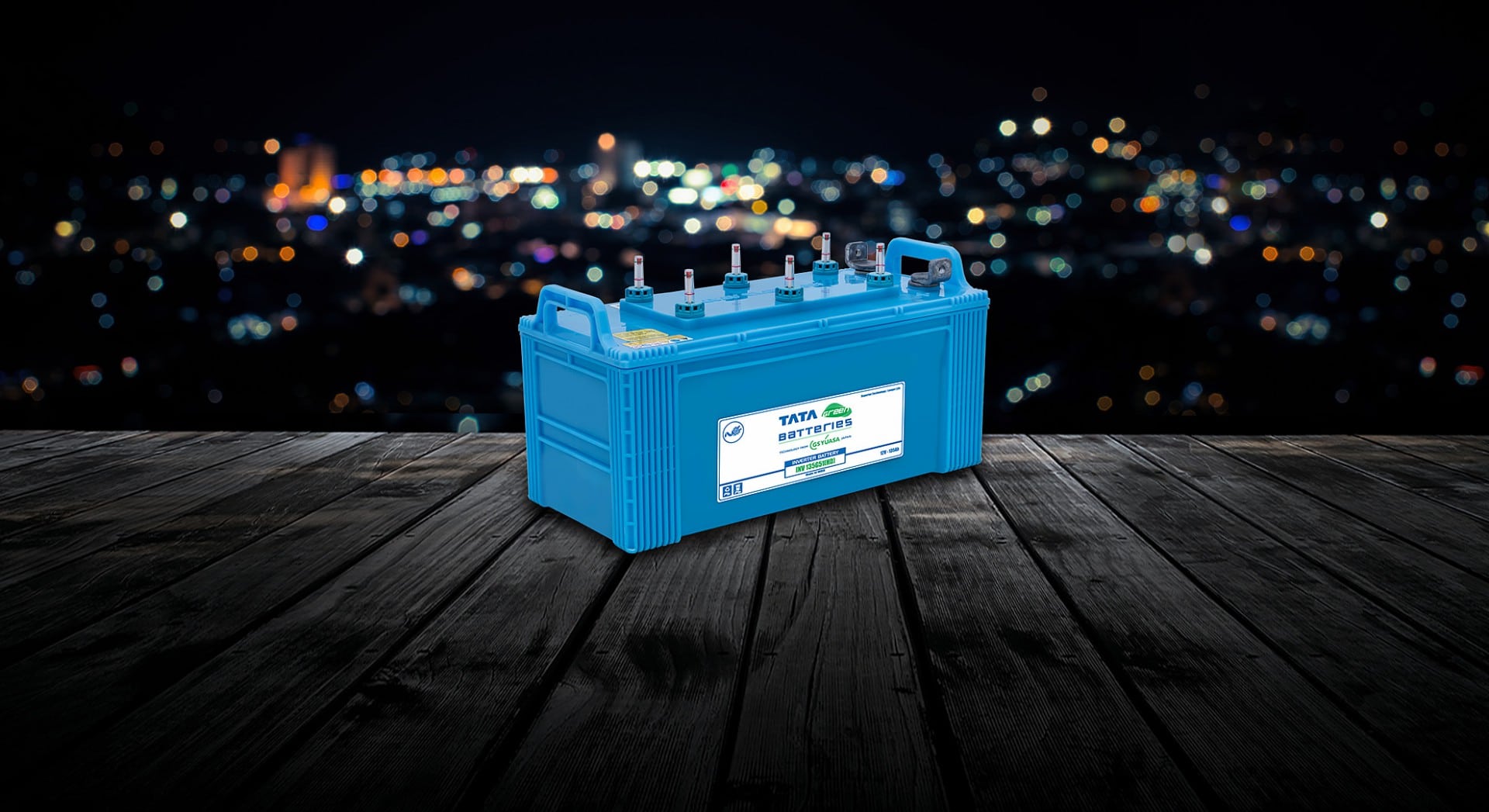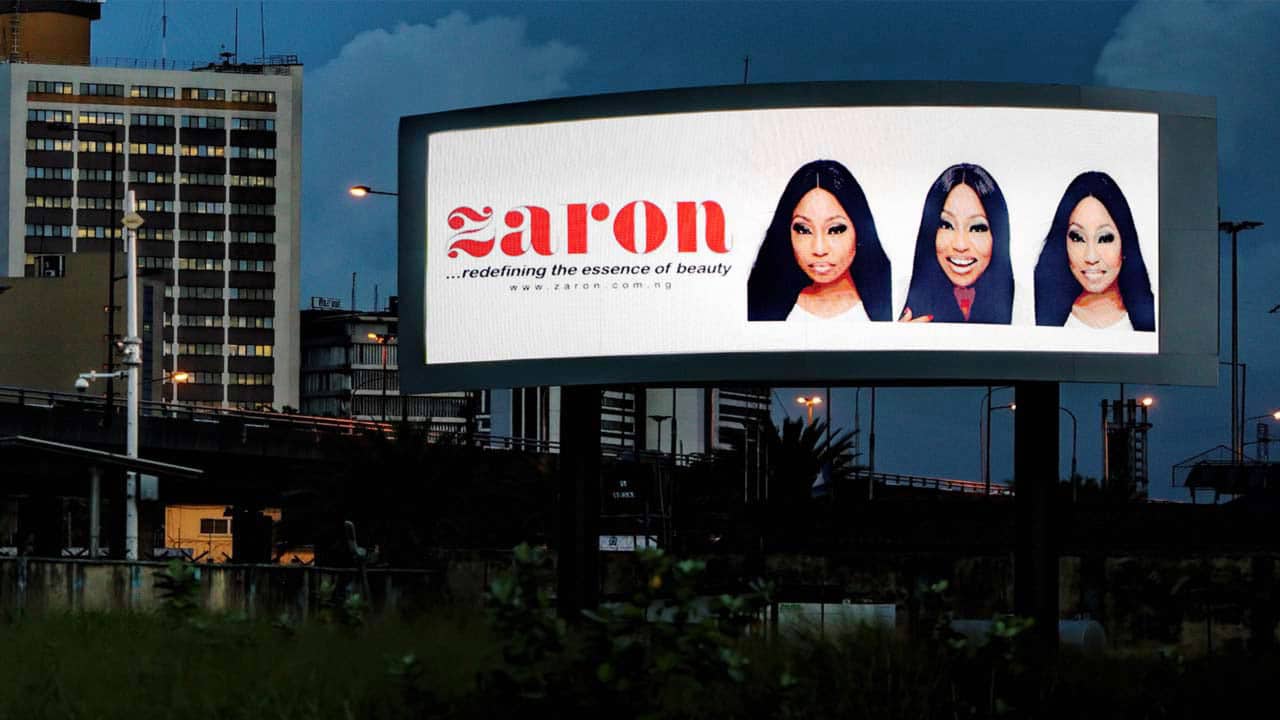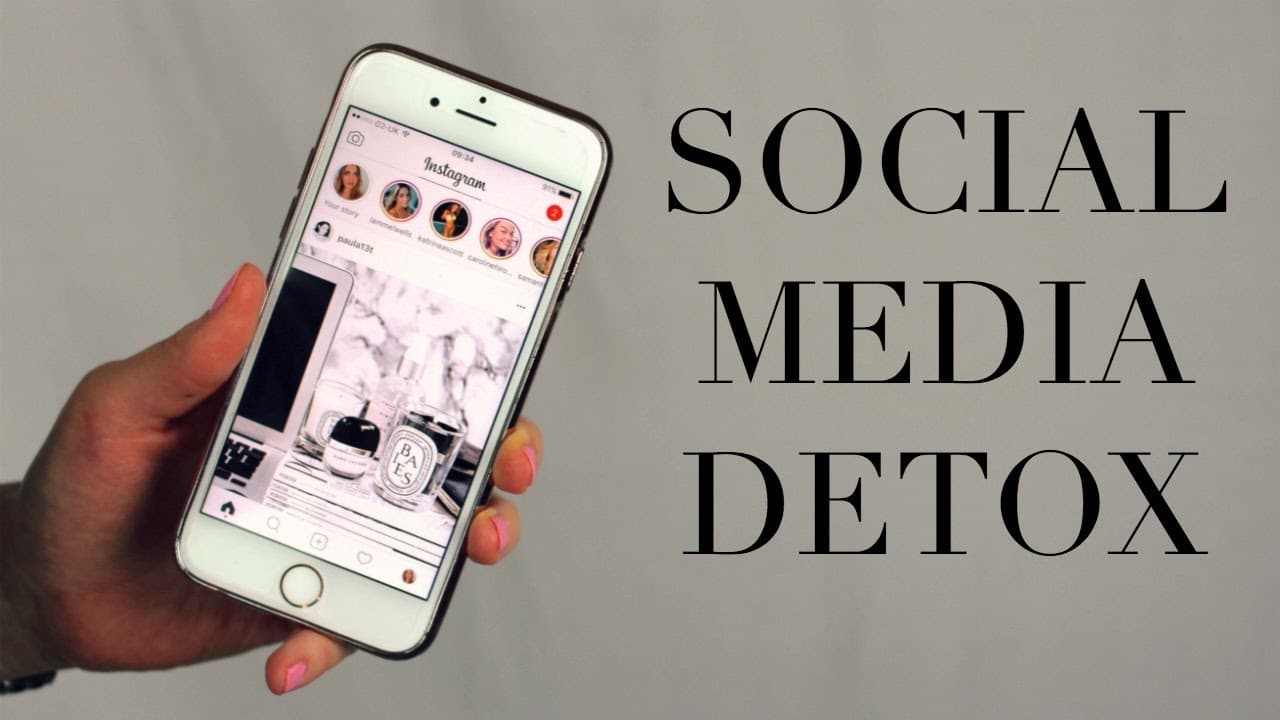According to famous Apple watcher Ming-Chi Kuo of TF International Securities, the Tech giant plans to introduce a series of new gadgets in the next two years that will feature a new display technology.
Per the predictions made by Ming-Chi Kuo, Apple will, that has been making headlines recently, Apple will use a new mini LED technology is three different new products:
- An iPad with a 10- or 12-inch screen in late 2020 or 2021
- A 31.6-inch monitor scheduled to launch in the second or third quarter
- A new MacBook with a 15- or 17-inch screen in the first half of 2021
The Mini LED technology is to offer improvements above the traditional LED displays according to an online publication of Trendforce, Ledinside, a tech market intelligence company in Taipei Taiwan. These Mini LED screens come with better colour rendering performance and also enables more high-dynamic-range categories.
Products with Mini LED are as thin as products using the OLED technology. Though these products consume less power than the regular LED screens and they’re also a lot cheaper as they cost about 70 to 80% less to produce than the traditional OLED displays, even though their performance is similar.
One other advantage the Mini-LED has over the OLED is the absence of the “burn-in” issue that OLEDs have, and they also last longer.
The monster monitor
With the high-contrast features and a wide colour gamut that comes with the mini LED display, Apple laptops and displays could get ten steps ahead of competitors especially now that the struggle for the next tech giant has become more fierce.
The first product amongst the new mini LED gadgets speculated is the 6K 31.6-inch monitor, and it may be out as early as June of July, but there is a higher possibility of it making a debut in September.
According to Kuo, the new monitor will be a completely new design. So there is a high chance that the monitor will have slimmer bezels and a classier appearance than its prequels, the Cinema Display.
According to reports by KUO, the backlight unit that is used in the new monitor will be created with some 500 LED chips of about 600 microns.
As you can already guess, this is technically a bit larger than the standard Mini LED screens which are usually about 100 microns in size. However, the new demand for this “quasi mini LEDs” is speculated to give the supply chain a chance to improve production cost as well as yields.
According to Kuo, two things are sure about this new monitor; it will be a high-end product and what that means is that it will have a very high price tag and it will not be one of those high-volume items.
Writing for The Motley Fool, Ashraf Eassa noted that this new monitor would help the company build some street credit with the community of professional content creation.
Ashraf also pointed out that not only will the production of the screen signal that Apple is in tune with the needs of professionals, it also goes a long way to provide Mac Pro users with an optimal screen for their systems.
Nevertheless, it is implausible that the resulting sales of the display will have any significant effect on Apple’s business just yet, however building credibility in the professional market will ultimately yield future dividends from an increase in Mac revenue as well as market shares.
A 17-inch Mac Book?
Per Kuo, A total of ten thousand mini LEDs will be required for the expected 10-inch, or 12-inch iPad, which will use the “true” mini LED chips at densities of 20 to 25 times greater than what was used in the 31.6-inch monitor.
He also mentioned that the chips that will be used are to be produced by Epistar, while the backlight units will come from Radiant Opto-Electronics, and the panels for the units are expected to come from LG Display.
These three companies will work together to become the supply chain for the new mini LED MacBooks.
If prediction by Mr Kuo, of a 15- or 17-inch MacBook is accurate, Apple as a tech company would be breaking with the model’s past.
From what we know MacBooks have always been positioned between the entry-level MacBook Air which is a great product line and the high-performance MacBook Pro line. As a result, MacBooks have had 12-inch displays, while the Pro models have enjoyed the 15- and 17-inch screen sizes.
However, an Apple insider reported that there might have been an error in translation on the report as Mr Kuo only referred to 15- and 17-inch MacBook Pros, not the reported 15- and17-inch MacBooks.
Apple becomes more competitive
If you stay up-to-date with tech happenings you already would know that some mini LED displays are already beginning to pop up in public
Mr Charles King who is a principal analyst at PUND-IT mentioned that “At CES, Asus demoed a mini LED display in a product aimed at artists and other creative professionals.”
If Apple goes ahead to embrace mini LED technology, it will give them a fighting chance to compete against 8k and other high-resolution displays, King noted.
Mr Charles told TechNewsWorld “Plus, by entering the market early, Apple could help drive mini-LED innovation and garner much of the capacity for itself. That would fit in with Apple’s history of preferring exclusive or proprietary technologies.”
Mr Charles also sees an opportunity for Apple from the mobile phone angle even though Mr Kuo did not mention iPhones in his research notes. King said, “Since mini LED is reportedly more energy efficient than other technologies, mobile devices, including iPhones, could benefit from mini-LED components.”
Apple could benefit from this new technology in several other ways.
King noted that “If Apple’s mini LED partners can provide components that are both unique and used largely or entirely by the company, they could help its products stand out from the crowd.”
Macro LED may become the future giant
While the expected products with mini-LED displays may give Apple a massive boost, it remains to be noticed if they are able to offset a declining iPhone market.
Rob Enderle, a principal analyst at the Enderle group, cited that “Price remains the biggest problem for iPhone sales, and these displays are more expensive and will likely be used as an excuse to raise prices again.” With other Chinese tech companies like Xiaomi producing high-quality smartphones and selling at a far lesser price than Apple, iPhones may soon become a thing of the past.
Mr Rib told TechNewsWorld that “Margins are Apple’s sustaining problem, and these displays don’t address that so they may drive a faster replacement cycle, but the trend of a shrinking installed base is likely to continue.”
LEDinside explained that the mini LED technology may be a short-lived one. Mini LED is only a transitional technology between the LED and the Micro LED.
Micro LED has embodies all the merits of OLED coupled with the added advantage of not requiring backlighting.
LEDinside pointed out that though the Mini LED market “is promising in the next two or three years, Micro LED will become a King in the future.”
Apple is doing a great job of struggling to maintain the number one spot when it comes to technology. But with the rise of new modern tech companies, the competition will be a stiff one, and China might become the next Giant. Want to tell us what you think? Leave a comment below.



